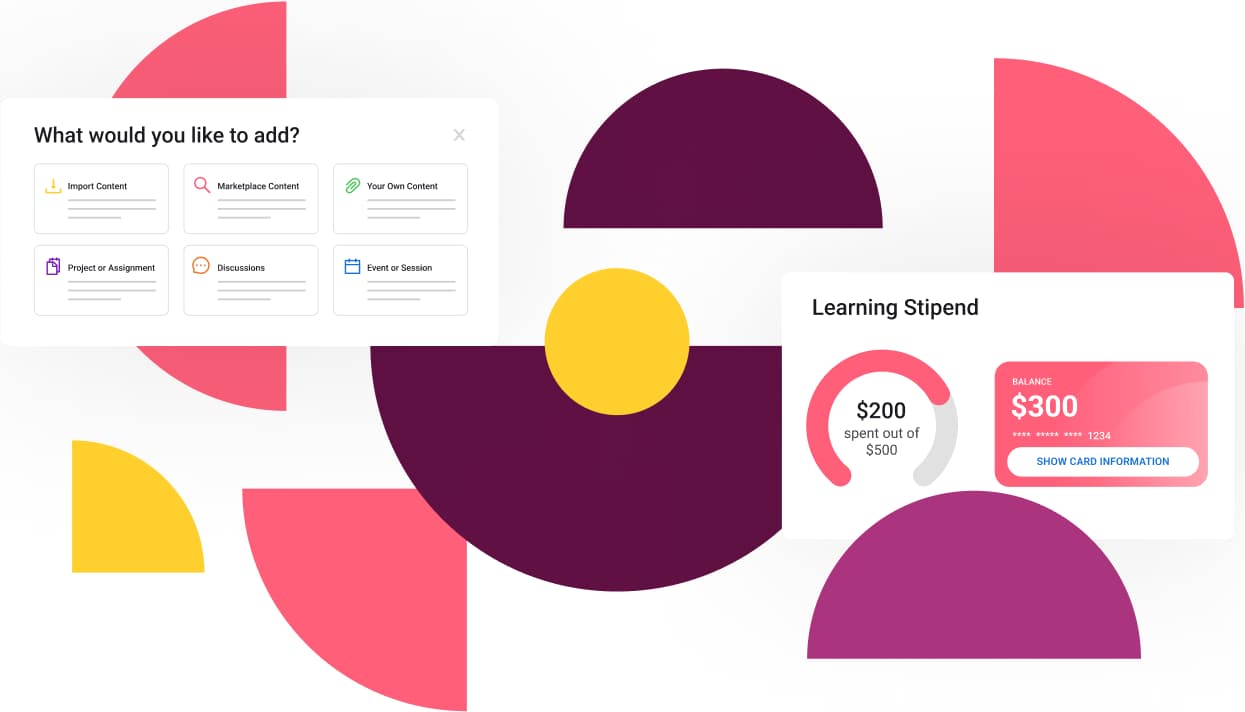How Skill-focused Academies Can Solve the Data Scientist Shortage
Traditional education and training isn’t working in many fields but in some fields like data science where positions are expected to open up by 30 to 35 percent per year, we need a completely different approach. Skill academies might be a better way.
Technology is changing faster than traditional education and training can adapt, creating skills shortages. Nowhere is that more clear than with data science. QuantHub reported a lack of 240,000 data scientists in 2020, and Devskillers IT Skills Report found a 295 percent increase in recruiters looking for data science skills.
And the Bureau of Labor Statistics expects employment in the data science field to grow by 30-35 percent per year.
Businesses are Dependent on Data
Over the past decade, companies have become dependent on data. Specifically, 90 percent of the world’s data was generated in the past two years. Data science is now a need-to-have skill instead of a nice-to-have one.
But data scientists are not made overnight, and employees cannot learn data science on YouTube or LinkedIn. Most data scientists have post-graduate degrees and want to focus on strategic challenges with leading-edge companies and products.
All of this means a couple of things for increasingly data-driven companies:
- Hiring and retaining people with data science skills is tough because employees have their pick of jobs.
- Traditional education and training modes are not creating more skilled workers fast enough.
Bridging the Data Science Skills Gap with Skill-focused Academies
“In the era of shareholder maximization and business PR,” said Capelli, “there are a lot of strings attached to t
The fastest and most effective path to solving the data science skills shortage is to build an internal pipeline of employees with a structured set of academies. Traditional training and development approaches such as offering tuition reimbursement for a 4-year degree program, which only works for a select few employees who can afford the time and upfront fees, or offering content libraries and bite-sized micro-content that are under-utilized won’t work in building skills.
Yet employees want to learn and grow. A Glint survey found “opportunities to learn and grow” as the number one value of employees. In a LinkedIn survey, 94 percent of employees said they would stay with a company that offered learning and development opportunities.
And for companies, it is far less expensive and disruptive to upskill trusted employees than to hire externally. “It costs up to six times more to hire from outside than to build from within,” according to talent guru Josh Bersin.
Companies need a more structured and guaranteed way to build up data science capabilities. A set of data science skills academies at various experience levels can help them achieve that goal.
How to Start a Skills-based Academy
Skills academies are successful because they provide deeper, more intensive development over a period of time and as part of an employee’s existing workflow without the significant barriers to employee development: time and money. Like data scientists, skill-based academies are not built overnight. At a high level, here is how to get started.
There’s three main steps to designing skills academies:
First, understand the specific responsibilities and skill requirements for each data-related role inside of your company. Map out the essential knowledge and skills to develop at each level of role.
Second, skill academies are designed to be run for a few hours each week over a span of multiple weeks or months, so for each level you’ll need to design the total length and weekly time commitment. Within that structure you’ll also decide on the programs to develop or to purchase from external providers. For instance, at level one, the first skills academy might be about data basics. You may design it to run for 6 months and include three programs like data cleaning and organization toolkit (developed in-house), data science visualization (purchased externally), and machine learning basics (developed in-house), with each program running for between 4 to 6 weeks in length. Level two and three would be its own skills academy. More advanced skills academies can align to the varied interest and experience levels of employees, and your business needs. By the way, it is worth starting with the basics because the academy will be less demanding, and the immediate impact will free senior scientists to focus on work more deserving of their experience.
Third, it is important to consider the learning experience for each program within an academy. Why? Because we’re looking to build job-ready skills, not simply pass on knowledge or encourage passive content consumption. So one-time one-day training events won’t really cut it, instead you’ll need to apply this approach:
- Structure learning in cohorts. People learn and retain knowledge better in groups than on their own because they are more accountable. Cohorts also strengthen relationships, and workers with office friendships are seven times more engaged.
- Apply new skills immediately. 91 percent of employees want training that is personalized and relevant. Experiential learning is more effective because learners retain more knowledge, get real-time coaching, and see the results of their work.
- Use internal and external subject matter experts. Internal experts build strong bonds, while extern experts open learners’ eyes to adjacent applications.
- Measure ROI to build the business case for continuing to expand the program. Document the costs savings as employees move within the company vs. hiring external employees. A large bank found it would cost $42,000 to hire (not including their salary) to hire a data scientist and only $25,000 to reskill internally with a learning academy.
Provide support. In a Randstad Risesmart survey, 91 percent of employees and HR pros alike said that the learning initiatives would be more effective with expert guidance.
Opportunity for HR to Lead Businesses Forward
Skills gaps and tight job markets are opportunities for HR to lead companies’ growth and separate from competitors. Skill-based academies for data science and any supply-constrained skill in this environment build business capacity and unlock growth opportunities by attracting, retaining, and developing a right-skilled workforce. We can no longer afford to be tied to existing tools and processes if we are to reshape the workforce at scale.
Written By:
MICHELLE VOCK LABOY, VP CUSTOMER SUCCESS, Learn In

About Learn In
Learn In helps companies establish talent academies that steer all the resources needed for building an always-skilled workforce. HR, Talent and L&D leaders use Learn In to modernize access to learning budgets and world-class programs, and to simplify the delivery of custom programs to employee groups. Learn In’s core features include a tuition benefits manager, a prepaid learning stipend card, a world-class program marketplace and custom program builder, and dedicated coaching. Now every employee can build deeper skills precisely aligned to company needs. Co-founded by the founders of Degreed, Learn In is backed by leading edtech & future-of-work investors, including Firework Ventures, Kickstart Fund, GSV, Album, and Village Global, and has been covered in CNBC, USA Today, EdTechReview, EdSurge, and Techcrunch.
For more insights, follow us on LinkedIn, or subscribe to our newsletter to stay in touch.
